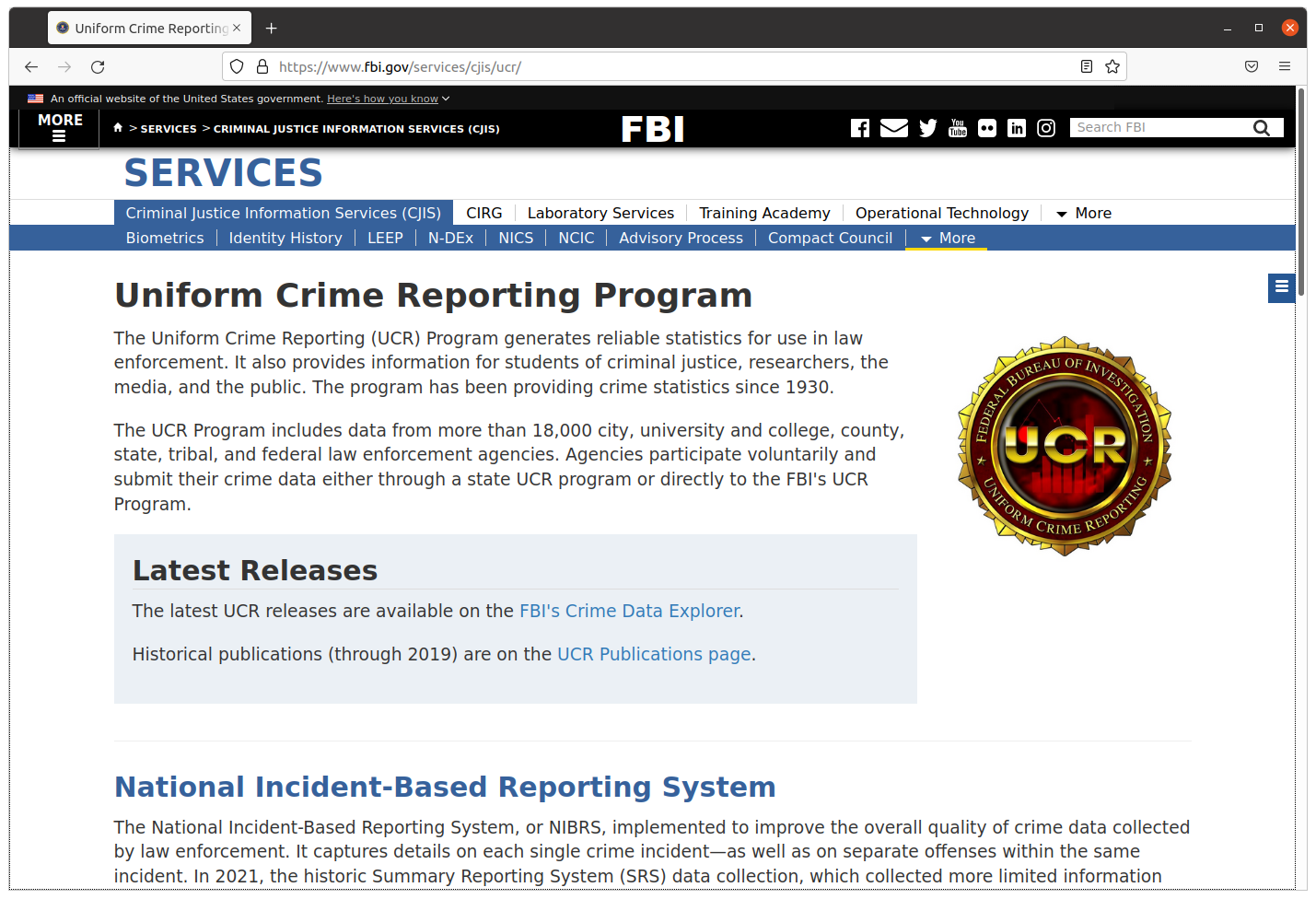Federal Crime Reporting
Author: LawGuider
Date: 2024-10-23
Category: Law
In an increasingly interconnected world, understanding crime trends and patterns is crucial for maintaining public safety and informing policy decisions. Federal crime reporting plays a pivotal role in this process by providing comprehensive data on criminal activities across the United States. This blog post delves into the intricate world of federal crime reporting, exploring its importance, methodology, challenges, and future prospects.
Understanding Federal Crime Reporting

Federal crime reporting refers to the systematic collection, analysis, and dissemination of crime data by federal agencies. This data is used by law enforcement, policymakers, researchers, and the public to understand crime trends, allocate resources, and develop strategies for crime prevention and enforcement.
The Role of the FBI
The Federal Bureau of Investigation (FBI) is the primary agency responsible for federal crime reporting in the United States. The FBI's Uniform Crime Reporting (UCR) Program is a critical component in this effort. Established in 1930, the UCR Program collects data on crimes reported by law enforcement agencies across the country. This data is then compiled into annual reports that provide a national overview of crime trends.
Key Components of Crime Reporting
Federal crime reporting encompasses several key components, each designed to provide a comprehensive picture of crime in the United States. These include:
- Part I Offenses: These are serious crimes such as murder, rape, robbery, aggravated assault, burglary, theft, motor vehicle theft, and arson.
- Part II Offenses: These cover less severe crimes like vandalism, fraud, and drug offenses.
- National Incident-Based Reporting System (NIBRS): An expansion of the UCR, NIBRS provides more detailed data on each crime incident, including information on victims, offenders, and circumstances.
The Importance of Federal Crime Reporting
Accurate crime data is essential for various reasons. It helps law enforcement agencies allocate resources effectively, enables policymakers to craft informed legislation, and allows communities to understand and address local crime issues.
Policy and Planning
Federal crime reporting data is crucial for developing effective crime prevention and enforcement strategies. Policymakers rely on this data to identify trends, assess the effectiveness of laws, and allocate funding for crime-fighting initiatives.
Resource Allocation
Law enforcement agencies use crime data to allocate resources strategically. By understanding crime patterns, agencies can deploy officers more effectively, target high-crime areas, and prioritize investigations.
Public Awareness and Education
Crime data informs the public about the safety of their communities. It empowers residents to take preventive measures and engage with local law enforcement efforts. Transparency in crime reporting builds trust between communities and law enforcement agencies.
Challenges in Federal Crime Reporting
Despite its importance, federal crime reporting faces several challenges that can affect data accuracy and reliability.
Under reporting and Inconsistent Data
Not all crimes are reported to law enforcement, which can lead to under reporting. Additionally, variations in how different agencies classify and report crimes can result in inconsistent data. Efforts are underway to standardize reporting practices and improve data collection.
Technological Limitations
Many law enforcement agencies still rely on outdated technology for reporting crimes. Upgrading these systems to facilitate real-time data sharing and analysis is crucial for improving the accuracy and timeliness of crime reports.
Privacy and Security Concerns
Balancing the need for comprehensive crime data with privacy and security concerns is a constant challenge. Ensuring that data collection and dissemination respect individual privacy rights is essential for maintaining public trust.
The Future of Federal Crime Reporting
As technology advances and public expectations evolve, federal crime reporting must adapt to remain relevant and effective.
Embracing New Technologies
Emerging technologies such as artificial intelligence (AI) and big data analytics have the potential to revolutionize crime reporting. These tools can enhance data analysis, identify patterns, and provide predictive insights that can improve crime prevention efforts.
Improving Data Integration
Efforts to integrate crime data from various sources, including social media, private security systems, and public surveillance, can provide a more comprehensive picture of crime. Collaboration between federal, state, and local agencies is key to achieving this goal.
Enhancing Transparency and Accessibility
Increasing transparency in crime reporting processes and making data more accessible to the public can foster trust and engagement. Interactive online platforms and dashboards that provide real-time crime data can empower communities and promote proactive crime prevention.
Conclusion
Federal crime reporting is an essential component of public safety and crime prevention in the United States. By providing accurate and comprehensive data, it enables law enforcement agencies, policymakers, and communities to make informed decisions and develop effective strategies. However, challenges such as underreporting, technological limitations, and privacy concerns must be addressed to ensure the continued reliability and relevance of crime data. As we look to the future, embracing new technologies and fostering collaboration among various stakeholders will be crucial for enhancing federal crime reporting and ultimately creating safer communities for all.